If your child squabbles, hits, punches, blames, teases, screams, sulks, or bullies, it is vital you teach your child another method to get needs met.
Fights are emotionally draining. Children seem out of control and you may feel that way too, especially if you were never shown effective ways of dealing with conflict when young. Your parents may have oscillated between being aggressive or passive when faced with conflict.
You now have an empowering choice. Use effective assertive communication skills that help your child move to a higher level of moral reasoning.
Moral development is the process through which children develop proper attitudes and behaviors toward other people in society, based on social and cultural norms, rules, and laws.
Moral development happens slowly and children think differently to adults so it will take practice to learn assertive conflict resolution skills. You will however feel more in control, purposeful and the rewards will be heartening.
So why do children fight? The same reason adults fight. Frustration, insufficient insights and communication skills to get needs met. Children however have an excuse – they are still developing.
What do you say or do when your child is fighting?
Quizz time:
A. “If you can’t stop being a bully I’ll put the game away!”
B. “Stop being so weak. You have to stand up to that boy.”
C. “Find someone else to play with.”
D. “Go to your room and think about what you did!”
E. Acknowledge the upset and needs for each child and facilitate problem solving solutions.
If you chose any or all of the first four you are road blocking your child. The last answer stimulates your child’s awareness of conflict and exposes them to a higher level of moral reasoning. This approach role models and proactively supports your child to use effective communication skills that also progresses social, emotional and intellectual development.
Young children who are still at the moral development stage of ‘might is right’ to get their needs met, are not ‘bullies’ nor will they always be like this. It also does not mean you should accept them being forceful or hurting others. You have to show them another way!
Calmly you can tell them, “That hurts”, if they push a child to grab their toy and gently separate. Then rather than punish, identify their need and kindly show them what they can do: “I see you want to play with that toy and Sally is playing with it. Let’s find another toy like that”. Now they very well might cry – they are still learning about life. Acknowledge their feeling of disappointment. You could add, “Let’s ask Sally to give you the toy when she finishes”.
To take this giant leap in handling conflict not only do children need help to see things from another person’s perspective, they need support in emotional self-regulation and awareness of their own needs.
Awareness of needs
Begin by understanding why your child might be fighting. Observation and active listening is your practical tool. What is their unmet need: competitiveness, jealousy, low self esteem, feeling unattended, feeling unfairly treated, bored – needing fun or achievement, personality clash, to win adult approval, different needs or interest, feeling unskilled inadequate or frustrated, imitation of modeled behavior by parents, when adults show bias?
You can show them how to get their needs met in socially acceptable ways. Here’s how. Teach them how to be assertive rather than aggressive or passive and choose a win-win method of problem solving. Assertive I-messages and problem solving gives them tools to use to deal with conflict whereas punishment breeds resentment and slows development. You will enrich your relationship while providing an alternative to bullying.
Learn these skills in Parent Effectiveness Training by Dr T. Gordon. Read Siblings Without Rivalry: How to Help Your Children Live Together So You Can Live Too, by Faber and Mazlish.
Problem solving conflict example
If children are older and they are not physically fighting or verbally abusive, take a step back and wait and see if they can sort it out. Later, discuss how they resolved their disagreement.
Always separate if they are physically fighting and avoid taking sides or saying who is right or wrong. Whether the conflict is with your child’s friend or a sibling the same process can be used. In this case Michael and Simon are friends and Michael accidentally breaks Simon’s Lego plane. Simon punches Michael.
- a). Identify the need: Comfort Michael by active listening feelings: “Your arm really hurts.” Say to Simon, “You are angry because your plane is broken. This needs to be worked out but not by punching.” Ask each of them what they are upset about and encourage them to voice their upset to each other: “I don’t like when you call me names and punch me”; “You broke the airplane I was building.”
You may need to calmly coax them to express their feelings: “How did you feel when that happened?” Simon: “Angry and upset” You: “Simon, tell Michael how you feel.” Simon: “I felt really angry and sad. It took me so long to build.” Give Michael the chance to respond: “I didn’t mean to break it”.
Sum up what you are hearing: “Michael, you don’t like being punched especially when it was an accident. And Simon you really want the things you build looked after. It takes so long to put together.”
When children are heard and acknowledged their emotional temperature begins to drop and they are more able to listen to each other and help each other. You as facilitator of the process are placing the children in the roles of helpers rather than culprits. This advances emotional intelligence and emotional self-regulation.
b). Acknowledge to both children you will help them work this out. Your role is a problem solving facilitator.Rather than use blameful language like, “What did you do that for?” it is better to facilitate problem solving by actively listening upsets, then sum up needs: “Michael your need is to play and Simon your need is to play without damage to your constructions.” - Brainstorm solutions: Ask, “What can you do about this so you can both be happy and get your needs met?” Encourage the children to come up with ideas. They may say: “I’ll help you build the plane again; You make your own plane; Let’s just play cardboard planes if we play dive bombs”. Children will surprise you with their very creative solutions even at a very young age.
- Evaluate and choose solutions: Encourage the children to decide what they think will work for them. When they are invested in their solutions rather than you telling them the ‘rules’ they will more likely follow through.
- Take action: Ask if they need help in their plans. Make suggestions to support them if need be. Congratulate them on working out their conflict. And explain that if this doesn’t work out they may need to come up with different and improved solutions.
- Review: Check in with your child that night to see how the solutions worked out.
The time spent is an investment in your child’s learning and your sanity. Often the process takes a shorter time than the upset involved in fights that are ongoing.
Other tips to decrease fighting between children:
- Don’t label children e.g. the “noisy one” or the “bossy one”. This leads to unfair comparisons and name-calling other children.
- Be aware of your bias or encouraging competitiveness e.g. who is faster, better, quieter.
- When there is no problem help your child understand the behaviour of younger children. This helps the older child to feel they are a helper and develop empathy. It is solution focused and more positive to include the child in problem solving new ways of interacting that helps them get their needs met and the younger one too.
- If your child is the victim don’t talk for him – encourage him to volunteer information and contribute solutions so he is not always in the shadow.
- Tell her it takes practice to make changes and feel confident
- Give siblings a break from each other – separate baths occasionally.
- Have time alone with each child so you have a chance to tune in to their needs, connect and have fun together.
- Use everyday opportunities where you see instances of conflict to ask your child’s thoughts and share your own eg TV, movies, books, at the shops, experiences the child tells you about.
- Role play scenarios, use puppets. Read Circle Time Puppets: Teaching Social Skills
- Pose questions: What do you think your friend could have done? What do you think the boy in the story could do? What would be a different way of solving this that’s fair?
- If you are concerned about escalation from fun play to aggression send a preventive message expressing concerns.
- Convey expectations prior to other children visiting and problem solve solutions so you can get your need met for safety and your child can get her need met for fun.
These assertive skills are tools your child will naturally begin to use to sort out conflicts. What a gift you will give to your child’s future!
Example of facilitating problem solving in the classroom:
When I was teaching four and five year olds Henry told me he had watched a documentary about saving animals in Africa and that he and his friends wanted to do just that. They built a plane, planned how and what they would rescue and proceeded to carry out their plans.
Sometime later Henry rushed to me exclaiming that another boy Tim was “killing all the animals!” Deciding to stay in the role of the play I replied, “Oh no! I am glad you have come to me as I am the Warden of the National Park and yes, killing the wildlife is illegal. Please take me to this person.”
The children had labeled this boy as the “naughty” boy even though I did not ever use this word nor label him. They could see he did not fit in. From my perspective he was the child who had challenges with social skills and had difficulty knowing how to enter play.
Identify the needs: In role I facilitated, “Henry (and friends) you have stated that the animals you have been rescuing are being killed by this person.”
“Yes!” they all exclaimed.
“How do you feel about this and why?” I said.
“We don’t like it. We’re angry because we are trying to save the animals. There aren’t many left!” (They had summed up their needs.)
I turned to the boy Tim and without retribution asked, “Tell me about what was happening?”
Tim looked very sheepish at this point and I knew he was trying to think quickly. He stammered, “I, I, I had to kill the animals. I had to eat.”
His was a very creative response and I went with it to sum up his need, “So you were hungry and needed food.” He nodded.
“Well, we do have a problem then since killing animals is illegal here. This group wants to save the animals and you are hungry and needing to eat. (Summing up the needs to be clear for the children.)
Brainstorm solutions: Do you have any ideas how we can solve this problem so we can all be happy and all get our needs met?” Some ideas were offered.
Evaluate and choose solutions: The solution that Henry came up with was the one that the group and Tim agreed to. Henry suggested, “I know, he could come and work for us and that way he could earn some money and then buy his own food.”
Take action: Turning to the wildlife group I added, “My only concern is, have you trained someone to do this kind of work before? How will you help them learn the skills to rescue animals and work together to do this?” The group agreed to do this and suggested ideas and Tim agreed happily. I continued, “If you need any help with the training please come and see me.”
Review: When we came together as a group we shared about the conflict with the rest of the class and asked Henry and Tim to share how it was successfully resolved. They both glowed with pride. They felt empowered.
This was a successful facilitation of problem solving placing all children in the roles of helpers rather than culprits. Other punitive methods such as time-out serve to alienate and emotionally exacerbate and do not show healthy alternatives to dealing with conflict in action.
Tim still had lots to learn however he was no longer in the role of ‘naughty boy’ and he could feel the compassion, willingness and inclusivity of the group.
Everyone’s moral development and social, emotional skills were enhanced on that day!
Written by Kathryn Tonges
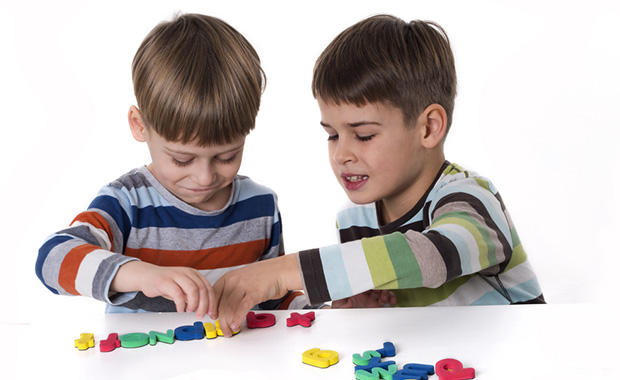
Kathryn Tonges is a parenting and personal development instructor and coach. She is a National Trainer for Effectiveness Training Institute of Australia Ltd. and has conducted parenting courses for over 30 years. She trained as a pre-school/ primary teacher and has taught from early childhood to tertiary level focusing on child development and effective communication skills. Kathryn currently resides in China and writes a parenting blog for “Beijing Kids” and “Jing” magazines. Her passion is helping people to build more peaceful, loving relationships. She is co-author of “Slurping Soup and Other Confusions: real life stories and activities to help third culture kids during transition”

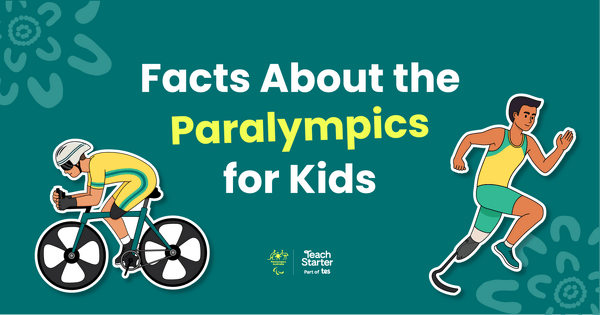

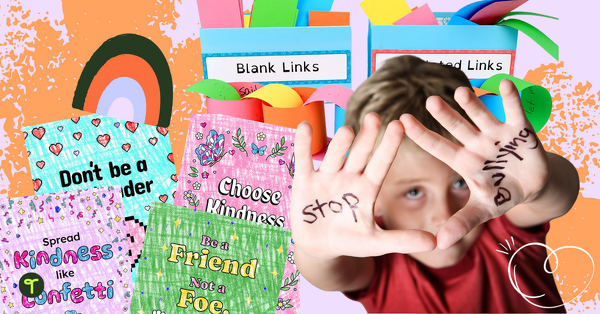
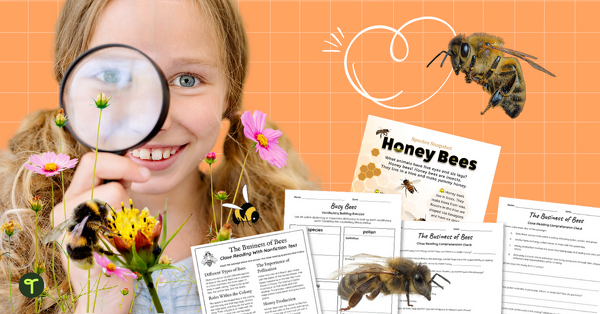
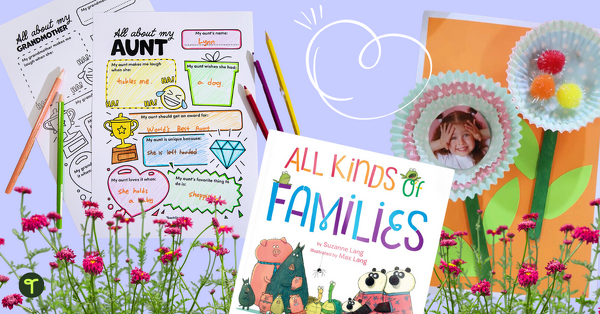
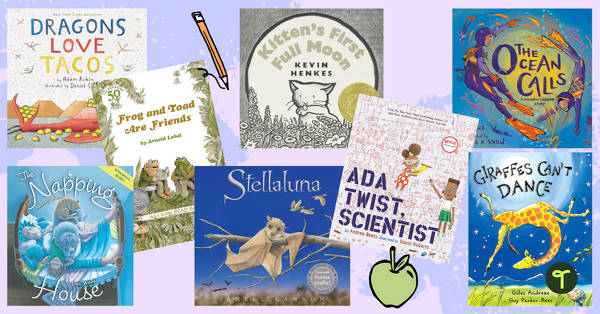
Comments